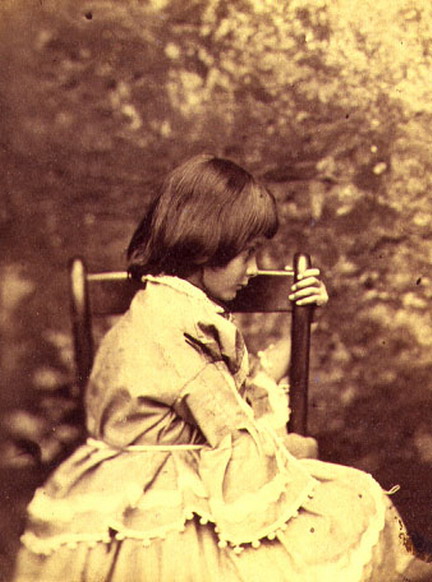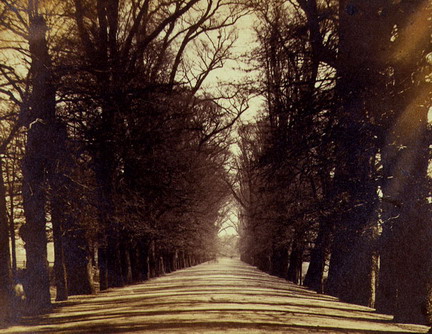
lunes, 25 de mayo de 2009
sábado, 23 de mayo de 2009
will cotton


viernes, 22 de mayo de 2009
miércoles, 20 de mayo de 2009
martes, 19 de mayo de 2009
Anouar Brahem
viernes, 15 de mayo de 2009
miércoles, 13 de mayo de 2009
martes, 12 de mayo de 2009
Quantum entanglement
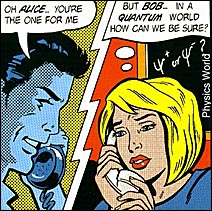
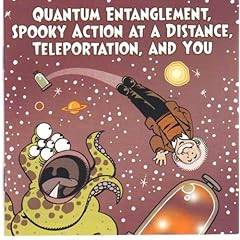
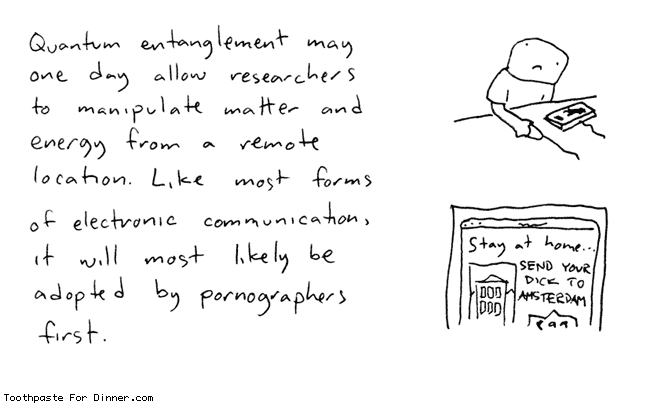
If you find it surprising that a particle can simultaneously pass through two slits, just wait: it gets weirder. According to quantum theory, two particles that interact become entangled from that point on. They are both described by a single combined wave function. If a measurement is made on one particle, it instantly influences the state of the other particle no matter how far the two particles are separated from each other.
MAS...
martes, 5 de mayo de 2009
Miniature faking



http://en.wikipedia.org/wiki/Tilt-shift_photography
Tilt-shift photography refers to the use of camera movements on small- and medium format cameras; it usually requires the use of special lenses.
"Tilt-shift" actually encompasses two different types of movements: rotation of the lens relative to the image plane, called tilt, and movement of the lens parallel to the image plane, called shift. Tilt is used to control the orientation of the plane of focus (PoF), and hence the part of an image that appears sharp; it makes use of the Scheimpflug principle. Shift is used to change the line of sight while avoiding the convergence of parallel lines, as when photographing tall buildings.
In many cases, "tilt-shift photography" refers to the use of tilt and a large aperture to achieve a very shallow depth of field.
Miniature faking is a post-processing technique, which involves selectively blurring a photo to simulate the narrow depth of field found in macro photography and some tilt-shift photography, making the image appear to be of a miniature model.[5]
Smallgantics
Smallgantics is a digital post production technique to simulate miniature cinematography on full scale filmed sequences, created and developed by a team of several artists at Bent Image Lab in Portland, Oregon, and inspired by the tilt-shift photography of Olivo Barbieri.
Chatear con extraños

http://omegle.com/
Carroll
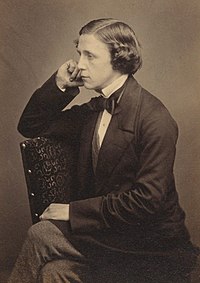
Lewis Carroll es el seudónimo por el que es conocido en la historia de la literatura Charles Lutwidge Dodgson(Daresbury, Cheshire, Inglaterra, Reino Unido de Gran Bretaña e Irlanda, 27 de enero de 1832 - Guildford, Surrey,Inglaterra, Reino Unido de Gran Bretaña e Irlanda, 14 de enero de 1898), sacerdote anglicano, lógico, matemático,fotógrafo y escritor británico, conocido sobre todo por su obra Alicia en el país de las maravillas.
lunes, 4 de mayo de 2009
John Cage (se reían de él)
John Cage (Los Ángeles, 5 de septiembre 1912 - Nueva York, 12 de agosto 1992) fue un compositor e instrumentista estadounidense.
Estudió junto a los compositores estadounidenses Henry Cowell y Adolph Weiss y revolucionó la música contemporánea dotándola de un lenguaje caótico, continuando la trayectoria de Edgar Varèse y Charles Ives. Una de sus influencias fue el Zen, el cual le condujo en lo musical a usar silencios interminables, sonidos desconectados, casuales y atonales con un volumen, duración y timbre aleatorios. Pese a lo controvertido de su obra, no se puede negar que se trata de uno de los creadores más revolucionarios e influyentes de los últimos tiempos.
En ocasiones dejaba que el azar eligiera sus composiciones. Por ejemplo, llegó a usar un método según el cual se perforaba una hoja de papel en los lugares en los que se encontraba alguna imperfección, para luego mediante un papel transparente iba calcando estas marcas sobre un pentagrama.
Ya en la década de los 30 comenzó sus primeros trabajos demostrando talento para ritmos imposibles e invenciones como su sistema de veinticinco tonos. Usó distorsiones para sus instrumentos llegando a declarar: "Creo que el uso de ruidos en la composición musical irá en aumento hasta que lleguemos a una música producida mediante instrumentos eléctricos, que pondrá a la disposición de la música cualquier sonido y todos los sonidos que el oído pueda percibir. Se exploran los medios fotoeléctricos, el filme y diversas mecanismos para la producción de música". Durante los últimos años de esta década Cage inventó el piano preparado, al cual le había insertado en el encordado una serie de tornillos, tuercas y trozos de goma y madera que dotaban al instrumento de una variedad nueva de posibilidades sonoras. Seguramente la composición más innovadora de entre las que compuso para este piano preparado es una una suite que dura 69 minutos llamada Sonatas and Interludes (1946-1948).
Cage usaba el término "música no-intencional" para algunas de sus obras. Un ejemplo es 4'33" (1952), cuya partitura no especifica sonido alguno que deba ser producido durante los 4 minutos y 33 segundos que dura la obra. La primera interpretación de la misma fue a cargo del pianista David Tudor
En 1989 fue galardonado con el Premio Kyoto (Premio de la Fundación Inamori, Kyoto).
Hernan Bas

Plan B: ir al Parque de la Ciudad





